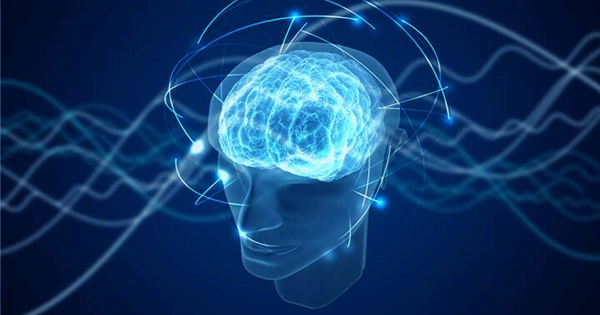According to an intriguing new theory in neuroscience, our awareness is created from a field of electromagnetic waves emitted by neurons when they fire. The notion is that these waves of electrical activity are sent out by neurons and orchestrate our entire conscious experience as they propagate across swaths of the brain. The study, which was published in the journal Neuroscience of Consciousness last month, is more theory than evidence, but the author believes it could pave the way for robots that think and feel naturally.
Johnjoe McFadden, a molecular geneticist and director of quantum biology at the University of Surrey, claims that we don’t have sentient artificial intelligence or robots capable of gaining awareness because of inadequacies in existing models of consciousness. Engineers might be able to pull it off by reproducing these electrical waves in machines, according to McFadden.
Most neuroscientists disagree with McFadden’s idea, which sees consciousness as a story that our brain creates from our sensations, experiences, and actions. Instead, McFadden resorts to a more empirical version of dualism, in which awareness is derived from something other than our brain tissue, in this case energy. In a press statement, McFadden said, “How brain matter becomes aware and manages to think is a conundrum that has been studied by philosophers, theologians, mystics, and everyday people for millennia.” “I believe this enigma has been answered, and that consciousness is the result of nerves connecting to the brain’s self-generated electromagnetic field to power what we call ‘free will’ and voluntary acts.”
Consciousness represents bound or integrated information, which has led to a growing belief that consciousness’ physical substrate must be capable of encoding integrated information in the brain. However, because “information is physical,” as Ralph Landauer put it, “integrated information must be physically integrated.” I argue that nearly all examples of ‘integrated information,’ such as neuronal information processing and traditional computing, are only temporally integrated in the sense that outputs are correlated with multiple inputs: information integration is implemented in time rather than space, and thus cannot correspond to physically integrated information. Only energy fields, I argue, are capable of integrating information in space.
The conscious electromagnetic information (cemi) field hypothesis proposes that consciousness is physically integrated and causally active information encoded in the global electromagnetic (EM) field of the brain. In this paper, I claim that within the brain’s EM field, awareness implements algorithms in space rather than time. I demonstrate how the cemi field theory accounts for the majority of observed aspects of consciousness, as well as recent experimental validation. I also address the theory’s implications for the design of artificial consciousness and give numerous testable predictions. The cemi field theory posits a scientific dualism based on the distinction between matter and energy rather than between matter and spirit.
















